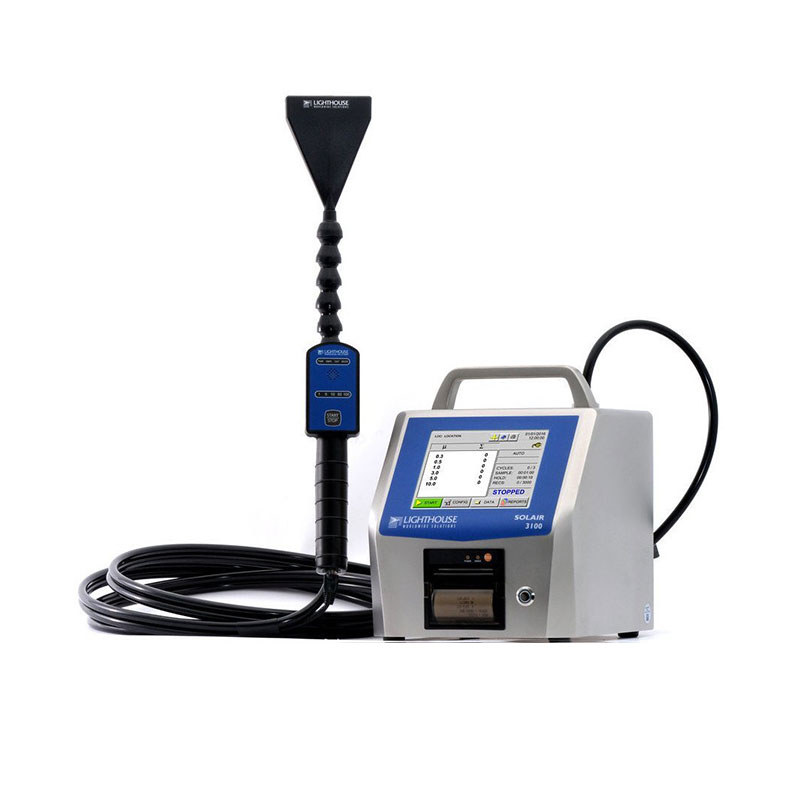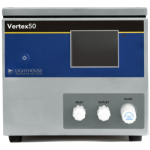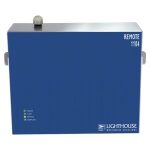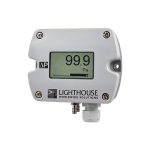



Semiconductor Manufacturing
Semiconductor manufacturing involves the production of microchips and other electronic components that are widely used in various devices, including smartphones, computers, and televisions. The manufacturing process involves the use of clean rooms, which are designed to maintain a controlled environment with low levels of air contamination.
Air particle counters are essential instruments used to monitor the levels of airborne particles in clean rooms and other controlled environments. They work by detecting and counting the number of particles of various sizes in the air, providing information on the cleanliness of the air.
In semiconductor manufacturing, air particle counters play a crucial role in maintaining the cleanliness of clean rooms. The manufacturing process requires the use of sensitive manufacturing tools that can be easily affected by particles larger than the critical dimension. Therefore, air particle counters are used to monitor the levels of these contaminants and ensure that they are kept within acceptable limits.
By using air particle counters, semiconductor manufacturers can maintain the required level of cleanliness in their clean rooms, thereby reducing the risk of defects in their products. Air particle counters also help manufacturers comply with industry standards and improve yields.
- Airborne Particle Counters
- Liquid Particle Counters
- Compressed Gas
- Environmental Conditions
Airborne particle counters are widely used in semiconductor manufacturing processes to monitor the level of contamination in cleanroom environments. In semiconductor manufacturing, the presence of even a small number of airborne particles can have a significant impact on the yield and quality of the final product.
Airborne particle counters work by drawing in air from the cleanroom environment and passing it through a detector that measures the number and size of particles in the air. The data collected by the particle counter is used to monitor the level of contamination in the cleanroom and to ensure that it is within acceptable limits.
Semiconductor manufacturing facilities typically use high-efficiency particulate air (HEPA) filters to remove particles from the air in the cleanroom. Airborne particle counters are used to verify the effectiveness of these filters and to ensure that the level of contamination in the cleanroom is within the specified limits.
In addition to monitoring the cleanroom environment, airborne particle counters are also used to monitor the cleanliness of semiconductor manufacturing equipment. The equipment used in semiconductor manufacturing is highly sensitive to even small amounts of contamination, and regular monitoring with airborne particle counters is essential to ensure that the equipment is functioning properly and producing high-quality products.
Liquid particle counters are commonly used in semiconductor manufacturing to measure the purity and cleanliness of liquids used in various processes. Semiconductor manufacturing involves a range of liquid-based processes, such as wafer cleaning, etching, and chemical mechanical planarization (CMP). The presence of even small particles in these liquids can lead to defects in the final semiconductor product, impacting its performance and yield.
Particle counters use various methods to detect and count particles in liquids, including light scattering, laser diffraction, and impedance sensing. These methods enable the measurement of particle sizes ranging from a few nanometers to tens of microns. Particle counters are used to monitor the purity of liquids during manufacturing processes and to ensure that the liquids meet the required specifications for particle concentration and size distribution.
In addition to liquid particle counters, there are also airborne particle counters that are used to monitor the cleanliness of the air in semiconductor manufacturing facilities. These devices are used to detect and count particles in the air, which can also lead to defects in the final product if not controlled properly.
Overall, liquid particle counters play a critical role in ensuring the quality and consistency of semiconductor manufacturing processes by providing real-time monitoring of liquid purity and particle concentration.
Compressed gases play a critical role in semiconductor manufacturing. They are used for various processes, such as plasma etching, chemical vapor deposition, and ion implantation, which are essential for the production of microchips and other semiconductor devices.
For example, plasma etching involves using a high-energy plasma to selectively remove specific layers of material from a semiconductor wafer. Compressed gases such as oxygen, chlorine, and fluorine are used as etchants to react with the material and break it down into smaller molecules.
Chemical vapor deposition is another process used to deposit thin films of material onto a semiconductor wafer. Compressed gases such as silane, ammonia, and nitrogen are used in this process to react and form the desired thin film on the surface of the wafer.
Ion implantation is also a critical process in semiconductor manufacturing. Compressed gases such as boron, phosphorus, and arsenic are ionized and accelerated to high energies before being implanted into the semiconductor material to alter its electrical properties.
In summary, compressed gases are essential to the semiconductor manufacturing industry, and without them, it would be impossible to produce the advanced microchips and electronic devices that we rely on in our daily lives.
Semiconductor manufacturing is a complex process that involves the creation of integrated circuits and other electronic devices. Environmental conditions can have a significant impact on the quality and performance of semiconductor products.
One of the most important environmental factors in semiconductor manufacturing is temperature. The manufacturing process typically requires high temperatures to melt and fuse different layers of materials together. However, excessive heat can also damage the materials and affect the electrical properties of the final product. Therefore, precise temperature control is essential to ensure the integrity of the semiconductor devices.
Humidity is another important environmental factor that can affect semiconductor manufacturing. High levels of humidity can cause moisture to build up on the surfaces of the materials used in the manufacturing process, which can lead to corrosion and other types of damage. Therefore, maintaining proper humidity levels is critical to ensuring the quality of the final product.
Other environmental factors that can impact semiconductor manufacturing include air quality, vibration, and electromagnetic interference. These factors can all contribute to the formation of defects or errors in the semiconductor devices, which can lead to reduced performance or failure.
To minimize the impact of environmental factors on semiconductor manufacturing, cleanroom facilities are often used. These facilities are designed to maintain strict environmental control over factors such as temperature, humidity, air quality, and electromagnetic interference. By controlling these factors, manufacturers can ensure the consistent quality and performance of their semiconductor products.

